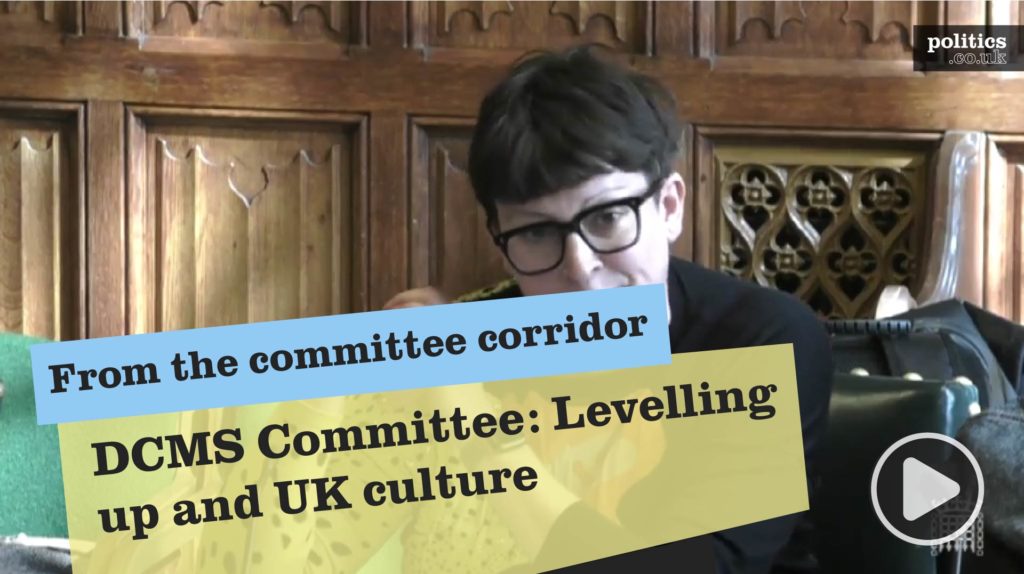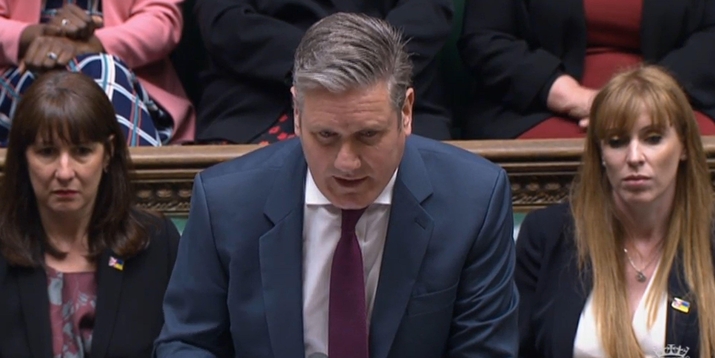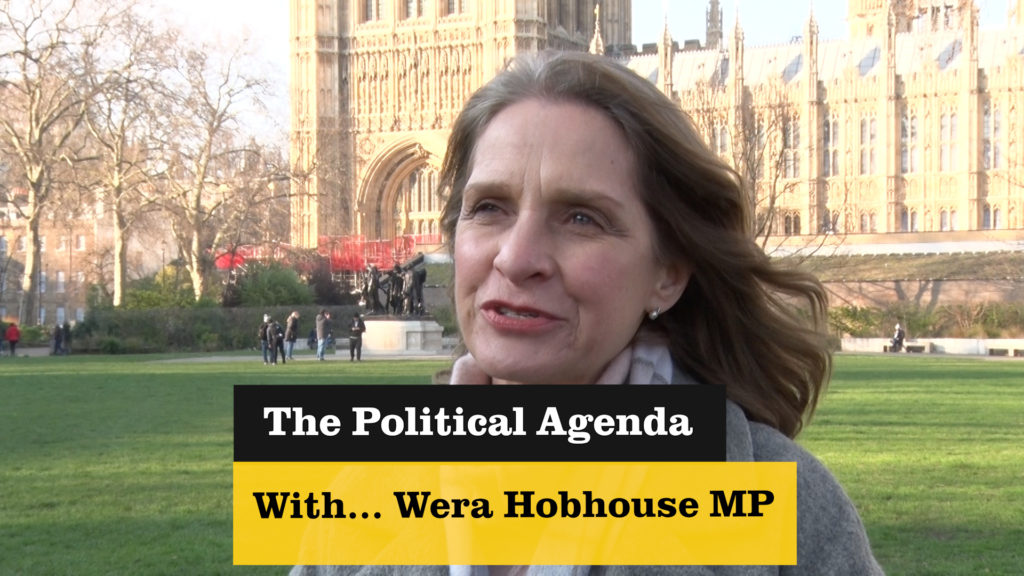Central London’s Pandemic Recovery
WELL-MANANAGED CONVERSION OF CAR PARKS, SHOPS AND EMPTY OFFICES
TO HOMES COULD SUPPORT CENTRAL LONDON’S PANDEMIC RECOVERY
Converting sites like car parks, empty shops and offices to homes could support central London’s
recovery from the pandemic. This is according to a new Centre for London report which cautions
against “unfettered” changes of use and puts forward recommendations to ensure that increases in
housing supply are carefully planned and controlled to protect the city centre’s economic and cultural
functions.
The report, Remixing Central London, argues that if demand for some types of shops and office space
remain below their pre-pandemic average, then creating mixed neighbourhoods – with homes
alongside offices, shops and leisure spaces – could be beneficial for the city’s centre. But the report
also highlights the risks of converting commercial spaces to residential – such as greater tensions with
residents and reduced space for future businesses and puts forward policies to mitigate these. The
recommendations include changes to planning policy in favour of buildings that can be adapted over
time and introducing a requirement for estate agents to inform prospective residents about the opening
hours and potential for noise from nearby businesses to avoid conflicts between groups.
The research highlights the economic and cultural importance of London’s centre and how its
functions have been changed by the pandemic and longer term consumer trends: central London is
home to 40 per cent of London’s jobs and 25 per cent of its businesses, and contributes nearly half of
London’s output – and more than one-tenth of the UK’s. But recovery has been slow as visits to city
centre offices and shops remain below their pre-pandemic average and many retailers have closed or
reduced their floorspace. Changes to working patterns have also resulted in a lower take-up of office
space in some areas, however, it has been slowly rising – driven by demand for “prime” office space.
Considering these trends, the report questions the appropriateness of planning protections which limit
residential development to support business functions but also argues that government must not allow
“unfettered” changes of use from business to residential through permitted development rights. In
many cases, the report argues that the best approach will be to create mixed-use neighbourhoods with
homes plus office, retail and leisure uses.
Looking at the potential to change uses in central London to develop mixed-use neighbourhoods, the
report recommends that planning authorities should prioritise sites that would not compromise the
integrity of high streets by not interrupting existing rows of shops, or by converting those buildings
that are likely to see less demand in the future such as car parks. It also suggests “subprime” offices
might be well suited for conversion as they are currently in lower demand.
However, to ensure that property use remains flexible so that London can continue to respond to
changing national and global needs, the report recommends that planning authorities should require
property owners to manage buildings and sites in a way that enables them to be redeveloped later –
including a presumption in favour of rents rather than private ownership for residential uses.
To reduce the likelihood of tensions between residents in any new homes and businesses, the report
recommends that national government should require estate agents to inform potential buyers and
renters of residential property about the characteristics of nearby businesses. This should includeinformation on opening hours, delivery hours and the potential for noise – so that residents can makean informed choice when moving.
And to ensure that central London can be home to a varied population and strong communities, the
report recommends that planning authorities should require all major residential developments to
include a mix of different-sized homes to make central London an attractive and attainable place to
live for a wide range of residents.
Josh Cottell, Research Manager at Centre for London said:
“Predictions about the capital’s future range from the total abandonment of offices and restaurants to
the rapid return of workers and shoppers alike.
“Much of central London’s success as an economic and cultural hub has been due to its rich mix of
businesses, existing alongside a variety of institutions, residents, commuters, and visitors. These
characteristics need to be protected, but we also need new approaches to help the area recover from
the negative impacts of the pandemic.
“Enabling more people to live in the city centre could be part of the solution. Residents who spend
time in their local area not only spend money in the local economy – they are also likely to play a
“stewardship” role in their neighbourhood and add vibrancy to an area.
“Getting this right is critical: central London contributes nearly half of London’s output – anything
that affects its economy will also impact the rest of the country.”
Deputy Mayor of London for Planning, Regeneration and Skills, Jules Pipe CBE, said:
“Getting the right mix of uses for buildings in central London is crucial to its success and has never
been more important than as we look to recover from Covid-19.
“As this report highlights, a free-for-all to allow residential use through permitted development would
undermine the economic and cultural eco-system which is critical to London as a global city and
business hub. Instead, we must work in partnership to proactively plan for central London’s ongoing
evolution, drawing people back to high quality, mixed-use neighbourhoods.”
Ruth Duston, OBE, OC, CEO of the South Westminster Business Alliance said:
“With London facing some of the most significant challenges – and indeed opportunities – in a
generation in the wake of the COVID pandemic, Brexit and a dynamic Government policy agenda,
it’s essential we work in partnership to shape a more resilient and vibrant city. As the UK’s only
global city it’s vital that London maintains its international competitive edge, and businesses across
London are determined to secure a successful recovery.
“The way we interact with the city is changing – perhaps permanently – but we can’t make knee jerk
decisions. To get the mix of uses right in the CAZ a flexible and pragmatic approach is needed and
research pieces such as this will help inform future work and policy decisions.”
Charles Begley, Chief Executive of Westminster Property Association, said:
“Whilst commercial activities will always play a critical role in driving innovation and
collaboration, underpinning London’s thriving business and leisure eco-system,
thoughtful planning of more mixed-use neighbourhoods could help London build on its appeal as
a vibrant and resilient global city. This paper is an important step in trying to understand how more homes could potentially be delivered across central London, without undermining the
capital’s commercial and cultural success.”
Alexander Jan, Chair, Central District Alliance and Hatton Garden business improvement
districts Chief economic adviser, London Property Alliance, said:
“Whilst there may not be a universal view of what the residential, business and cultural mix of the
CAZ should be, as a resident and someone who has worked in central London for thirty years, I know
that the energy, diversity and vibrancy of the place is what makes it attractive to all those with a stake
in its future. Those things come at least in part from strong residential communities with a long-term
stake in the heart of the city.
“With London facing headwinds in areas such as worker shortages, a rising cost of living for many,
cuts to transport funding and begrudging central government policies more generally, the CAZ is
evolving. This research is a vital contribution to help us think about the best policies and ideas for the
capital.”








